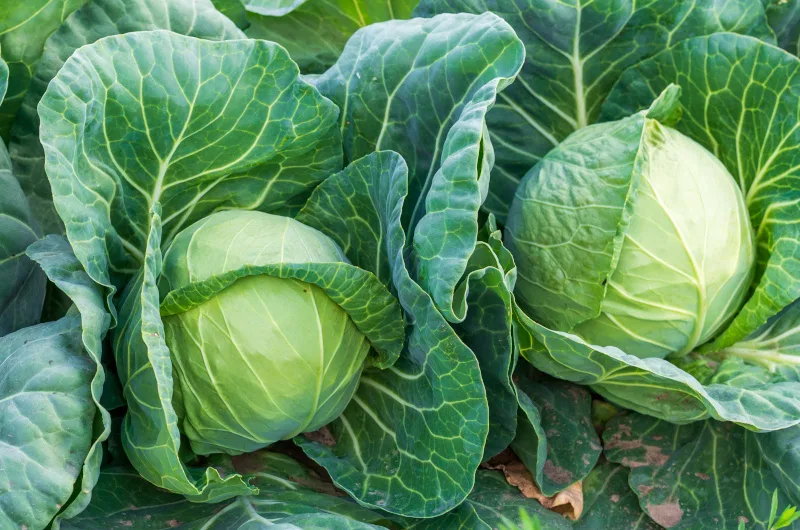How To Grow Cabbages
Cabbage is a popular vegetable known for its versatility, nutritional value, and ease of cultivation. Whether you’re an experienced gardener or a beginner, growing cabbages in your own backyard or allotment can be a rewarding and enjoyable experience.
Choosing the Right Cabbage Varieties:
There are various cabbage varieties available, each with its own unique characteristics. Consider factors such as size, taste, maturity time, and resistance to pests and diseases when selecting your cabbage variety. Some popular choices in the UK include January King, Hispi, and Savoy.
Planning and Preparing the Soil:
Cabbages thrive in well-drained soil rich in organic matter. Choose a sunny spot in your garden and prepare the soil in advance. Remove any weeds, stones, or debris and incorporate organic compost or well-rotted manure to improve soil fertility and structure. Aim for a pH level between 6.0 and 7.5, which is suitable for cabbage cultivation.
Sowing Seeds or Transplanting Seedlings:
You have two options for starting your cabbage plants: sowing seeds directly into the ground or starting seedlings indoors. If sowing seeds directly, plant them in shallow drills and cover them with a thin layer of soil. Alternatively, start seeds indoors in seed trays or pots and transplant the seedlings once they have grown several true leaves.
Providing Optimal Growing Conditions:
Cabbages require consistent moisture throughout their growing period. Water them regularly, especially during dry spells, ensuring the soil remains evenly moist. Mulching around the base of the plants can help retain moisture and suppress weed growth. Cabbages also benefit from a nitrogen-rich fertilizer application every few weeks to promote healthy growth.
Protecting Cabbages from Pests and Diseases:
Common pests that can affect cabbage plants include cabbage white butterflies, cabbage moths, and aphids. Use physical barriers like netting or horticultural fleece to prevent butterflies from laying eggs on the leaves. Regularly inspect plants for signs of pests and remove them by hand or use organic insecticides if necessary.
Harvesting Cabbages:
Cabbages are typically ready for harvest when they reach a firm and solid head. Use a sharp knife to cut the cabbage just above the soil level. If the weather is warm, it’s advisable to harvest in the morning or evening to prevent wilting. Once harvested, store cabbages in a cool, dark place or refrigerate them to maintain their freshness. If you end up with a glut of cabbages, it’s worth considering making sauerkraut with some of the crop, which allows fresh cabbage to be stored for anything up to 6 months.
Crop Rotation and Succession Planting:
To minimize the risk of pests and diseases, practice crop rotation by planting cabbages in a different location each year. Additionally, consider succession planting, which involves sowing or transplanting new cabbage seedlings every few weeks to ensure a continuous supply of fresh cabbages throughout the growing season.
Growing cabbages in your garden can be a satisfying experience. By following these guidelines on variety selection, soil preparation, planting techniques, proper care, and pest control, you can cultivate healthy and delicious cabbages. Enjoy the process and the bountiful harvest that awaits you!




One thought on “How To Grow Cabbages”